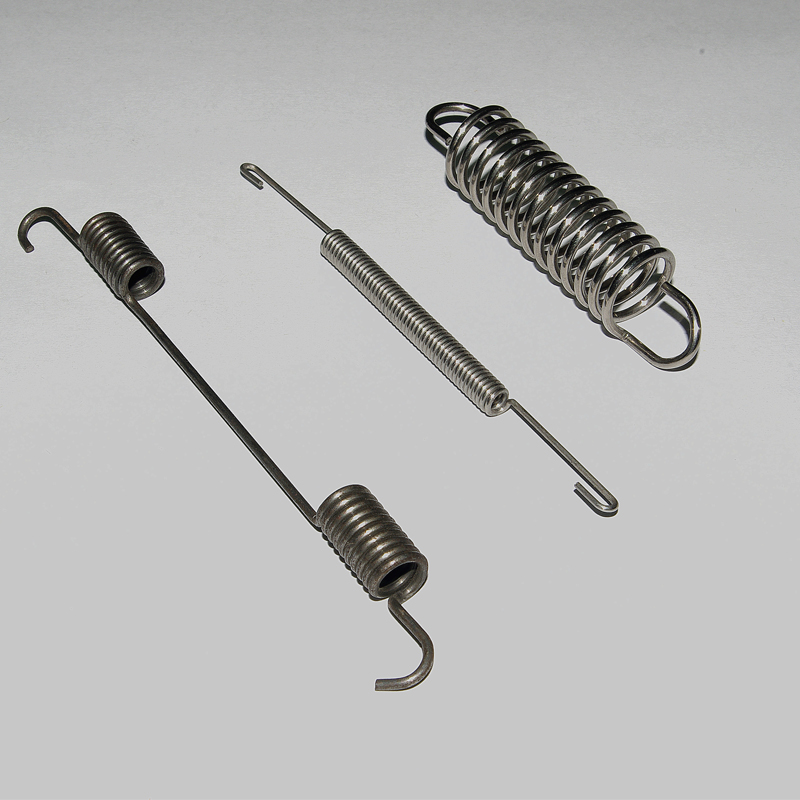
- Mobile Phone
- +8613931874955
- sales@cntcmetal.com
Affordable Options for Cattle Fence Installation and Material Costs in Your Area
Understanding Cattle Fence Prices Factors and Considerations
When it comes to livestock management, ensuring that cattle are securely contained is crucial for both animal safety and efficient farm operations. One of the fundamental components of this management system is the cattle fence. The prices of cattle fencing can vary significantly based on various factors, making it essential for farmers to understand what influences these costs.
Types of Cattle Fencing
First and foremost, the type of fencing material used plays a pivotal role in determining price. Common materials include barbed wire, electric fencing, woven wire, and high-tensile wire. Barbed wire is one of the most economical options, often costing less than $0.10 per foot, making it a popular choice for larger operations. However, it may not be the safest option in terms of animal welfare, as cattle can injure themselves if they get caught.
Electric fencing has gained popularity due to its effectiveness in containing livestock and deterring predators. Although it requires a higher initial investment—often between $1.50 to $3.00 per foot depending on the setup—its long-term benefits in terms of maintenance and durability can offset the upfront costs. Woven wire offers another alternative, providing a sturdier barrier that is typically priced around $1.00 to $3.00 per foot, depending on the quality and gauge.
Installation Costs
Beyond the material costs, installation is a significant consideration. Professional installation can add anywhere from $1 to $3 per foot to the total expense. For those looking to save on costs, many farmers choose to install the fence themselves, which can be a labor-intensive but rewarding option. However, proper installation is crucial for ensuring the longevity and efficacy of the fence, so investing in professional help may be beneficial for less experienced farmers.
cattle fence price

Location and Terrain
The geographical location and terrain of the pasture can also influence cattle fence prices. Rocky, uneven, or heavily wooded areas may require additional materials and labor, as the installation process can be more complicated. Fencing in these types of terrains could lead to higher prices due to the need for specialized tools and skills.
Furthermore, regional pricing variations can arise from local market conditions and the availability of materials. Prices can fluctuate based on local supplier competition as well as demand in agricultural areas. Therefore, it is advisable for farmers to shop around and compare local suppliers to find the best prices.
Maintenance Considerations
It is important to consider the long-term maintenance costs when calculating the price of cattle fencing. High-quality materials tend to offer improved durability, which translates into less frequent repairs and replacements. For example, while wooden fencing may offer aesthetic appeal, its susceptibility to rot and weather conditions can lead to increased long-term costs. In contrast, vinyl or metal fencing may require a higher upfront investment but typically offers lower maintenance needs.
Conclusion
Selecting the right cattle fence involves considering multiple factors that contribute to overall costs. From the choice of materials to installation and maintenance requirements, farmers must evaluate their specific needs and budget. By understanding the components that influence cattle fence prices, livestock owners can make informed decisions that ultimately lead to the efficient management and safety of their cattle. With careful planning and consideration, investing in a proper fencing system can safeguard livestock and enhance the operational efficiency of any farm.
share:
-
Why Sacrificial Formwork Is Redefining Underground ConstructionNewsJun.06,2025
-
The Structural Dynamics of Modern Concrete: How Snake Spacers Revolutionize Flexible ReinforcementNewsJun.06,2025
-
Snake Spacers Smart-Lock Concrete Reinforcement with Surgical PrecisionNewsJun.06,2025
-
Snake Spacers: Reinforcement Precision for Modern Concrete ProjectsNewsJun.06,2025
-
Snake Spacers Powering Concrete's Structural DNANewsJun.06,2025
-
Slither into Success: Snake Spacers' Precision Bite for Unbreakable ReinforcementNewsJun.06,2025
-
Sacrificial Formwork: Building Stronger, Faster, and Safer StructuresNewsJun.06,2025



















